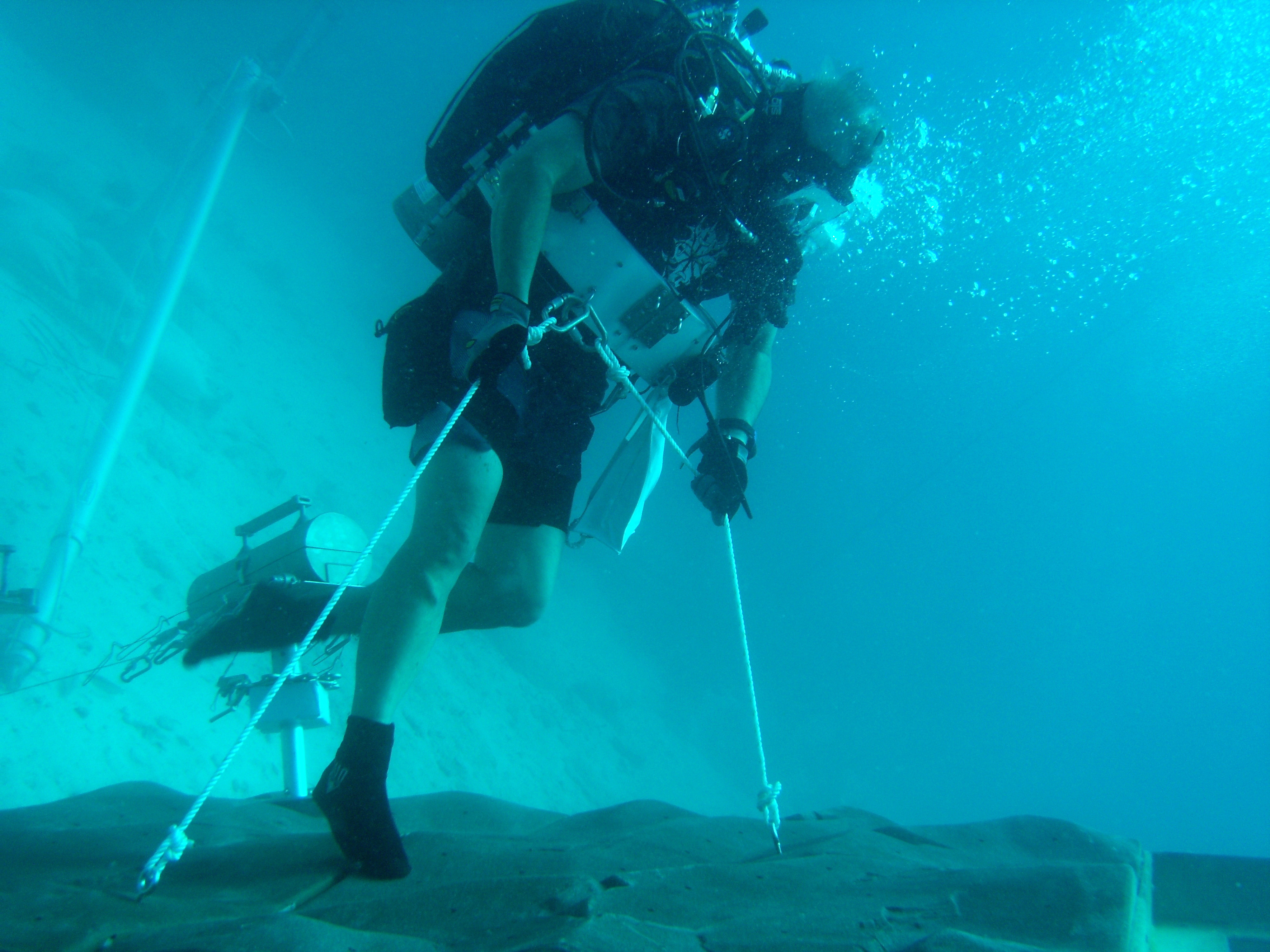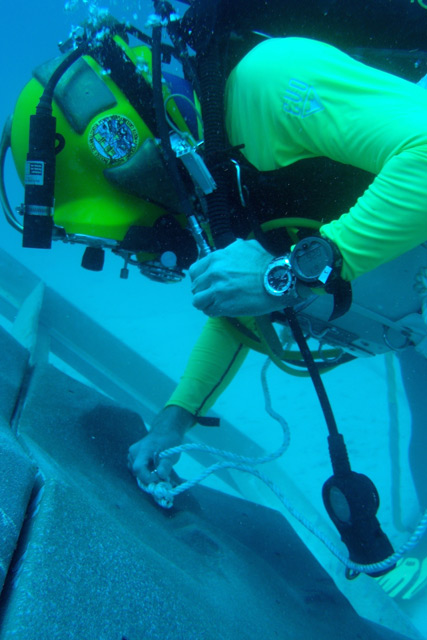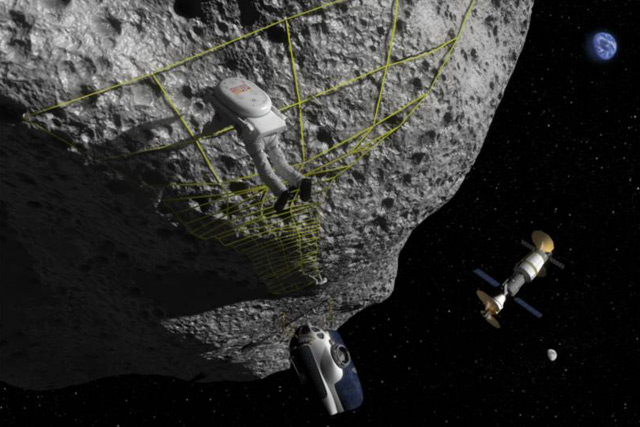NASA Divers Test Asteroid-Hopping Skills Under the Sea

Move over, Bruce Willis: A team of NASA divers working under the sea to bring what, until now, has been the realm of science fiction — sending astronauts to an asteroid — a bit closer to science fact.
The diving team is tackling a set of engineering tests for an upcoming NASA asteroid mission simulation on the ocean floor near Florida. This week, a vanguard team of divers is setting up mock asteroid terrain and tools to be used by real astronauts during the 15th expedition of NASA's Extreme Environment Mission Operations, or NEEMO 15, at the Aquarius undersea research laboratory off the coast of Key Largo in the Florida Keys.
This week's set of tests were aimed at better understanding the equipment, communications systems and techniques that will be implemented in the 10-day NEEMO 15 mission, which is slated to begin on Oct. 17, NASA officials said. [Photos: Asteroids in Deep Space]
The tests are required to ensure that all systems are ready for more rigorous testing when the NEEMO 15 crew of "aquanauts" will be living full-time in the Aquarius undersea habitat, NASA officials said.
"They tested hand-over-hand translation with anchor points on the rockwall, foot-restraint ingresses, anchoring in the silt to stabilize the setup, and using a rigid standoff attached to the waist ring for body stabilization," NASA officials wrote on the NEEMO 15 blog.
NEEMO 15 will primarily focus on three different aspects of a mission to an asteroid: anchoring to the surface of the asteroid; moving around on the surface using a method of connecting multiple anchors to form pathways; and investigating different methods of sample collection.
Since gravity on an asteroid is negligible, the aquanauts will experiment with different ways to anchor to the surface of a space rock. The diverse composition of asteroids - some solid metal, some piles of rubble and some, a combination of rock, pebbles and dust also presents problems whose solutions can be experimented with on the ocean floor. [Video: Rock & Roll Asteroids]
Breaking space news, the latest updates on rocket launches, skywatching events and more!
"Body movements made on the ocean floor while "almost" neutrally buoyant are similar to what astronauts would face when moving across the surface of an uncharted asteroid," agency officials wrote on the blog.
NASA's current space exploration goals, announced by President Barack Obama last year, are aimed at sending astronauts to an asteroid by 2025, then taking aim at a Mars expedition in the 2030s.
Follow SPACE.com for the latest in space science and exploration news on Twitter @Spacedotcom and on Facebook.

Space.com is the premier source of space exploration, innovation and astronomy news, chronicling (and celebrating) humanity's ongoing expansion across the final frontier. Originally founded in 1999, Space.com is, and always has been, the passion of writers and editors who are space fans and also trained journalists. Our current news team consists of Editor-in-Chief Tariq Malik; Editor Hanneke Weitering, Senior Space Writer Mike Wall; Senior Writer Meghan Bartels; Senior Writer Chelsea Gohd, Senior Writer Tereza Pultarova and Staff Writer Alexander Cox, focusing on e-commerce. Senior Producer Steve Spaleta oversees our space videos, with Diana Whitcroft as our Social Media Editor.


